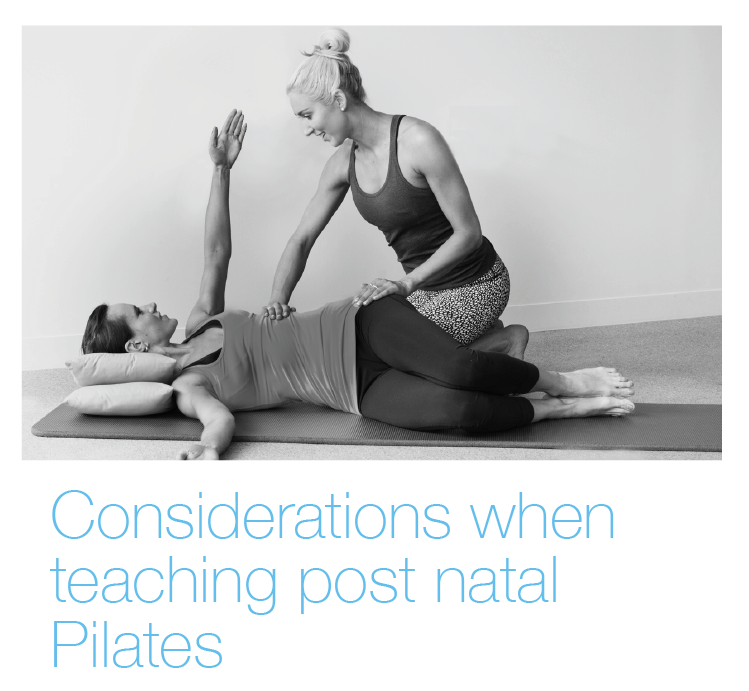Considerations when teaching post-natal Pilates
Considerations when teaching post-natal Pilates
By Sophie Contreras, Physiotherapist, APPI Educator and Unite Health Management Education Manager
APPI Pilates is a fantastic form of exercise that everyone can benefit from, including post-natal women from the first few weeks after delivery, right up to returning to pre-pregnancy exercise levels. The APPI Pilates method is designed to be easily adapted for many special populations, ensuring that prescribed exercise is always safe and effective and meeting the specific needs of your clients.
Following pregnancy and birth, with regards to Pilates in general terms, women should address deep abdominals and core strength, postural awareness & endurance as well as global strength to meet the physical demands of caring for a baby. Strengthening the pelvic floor and addressing any related dysfunction is of key importance, but it's important that pelvic floor strengthening is specifically addressed rather than assuming "engaging the centre" in a Pilates exercise is adequate. This should be the realm of the Women's Health Physiotherapist, so please refer on if unsure.
Each client will have a different history, a different pregnancy, a different labour etc, so it's important to assess clients individually to ascertain their specific needs rather than giving generic post-natal exercises. A group class can be a good option to encourage exercise participation and socialisation at this time, but women should be assessed individually and deemed suitable to enter the group setting.
In general terms, pelvic floor exercises and isolated transversus abdominis
